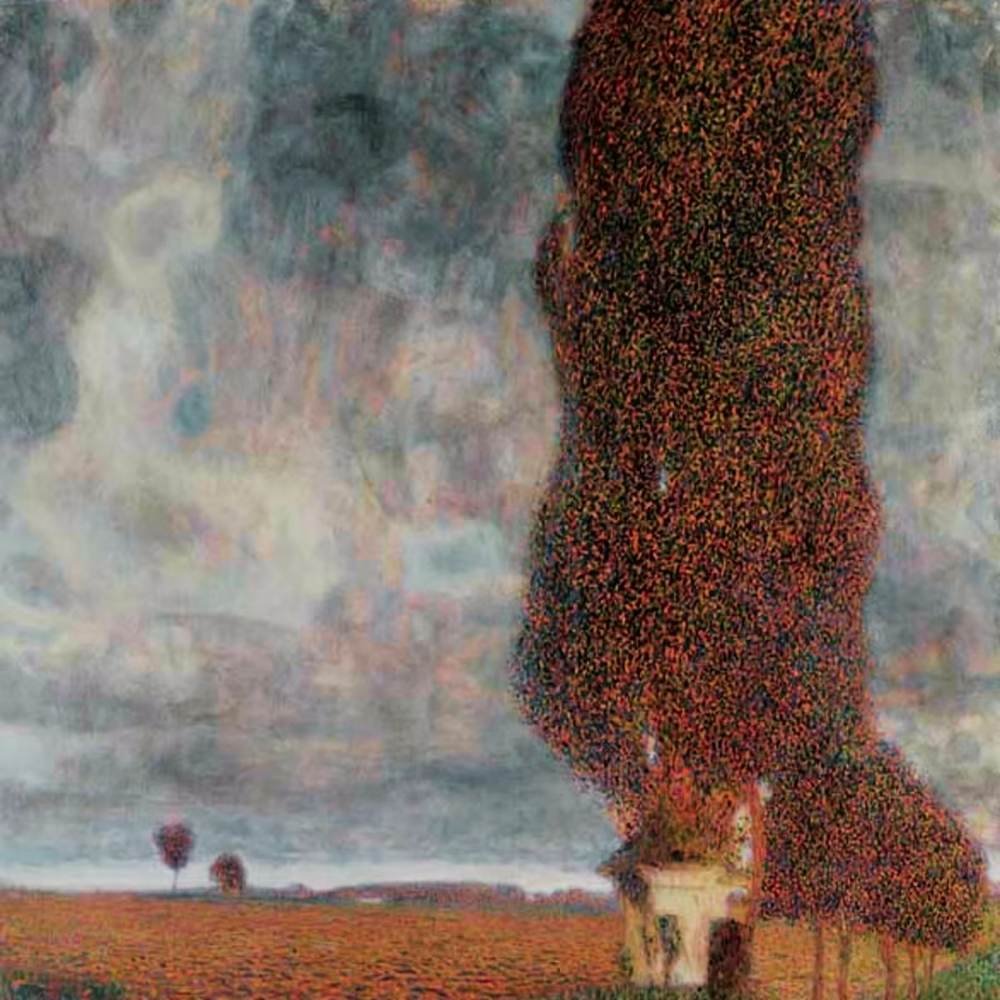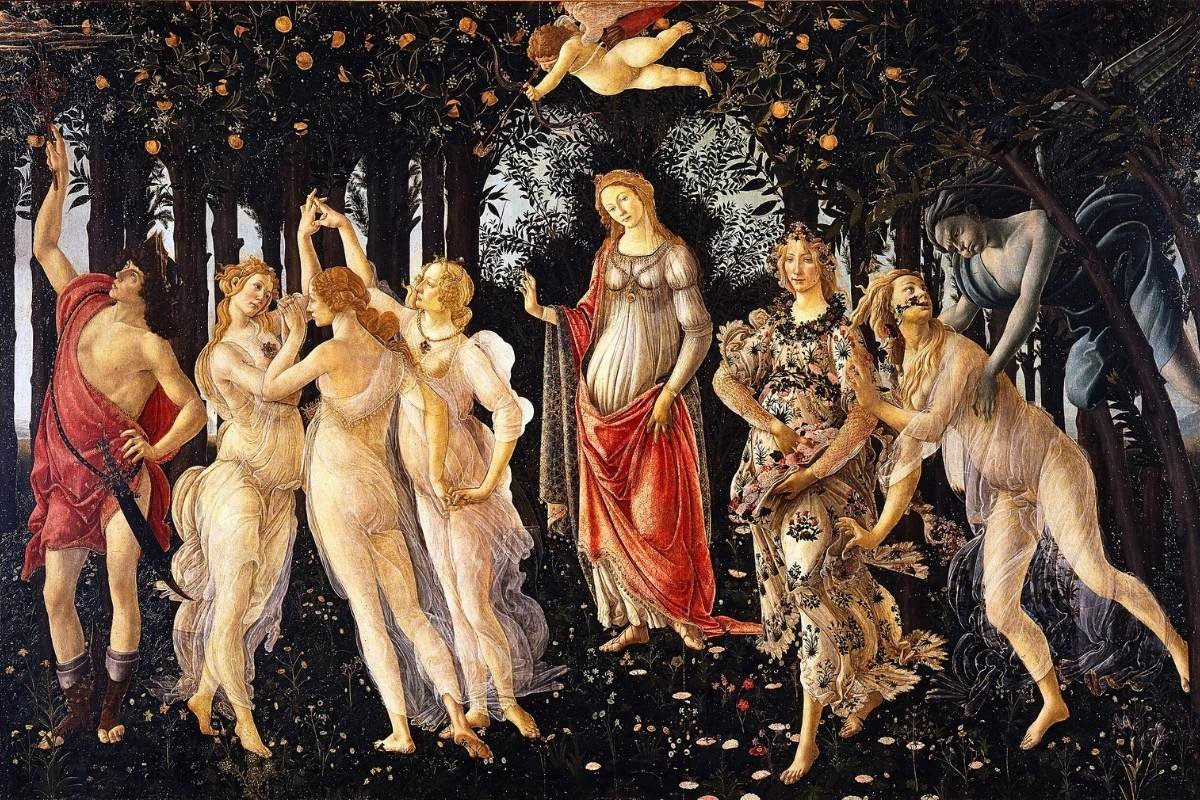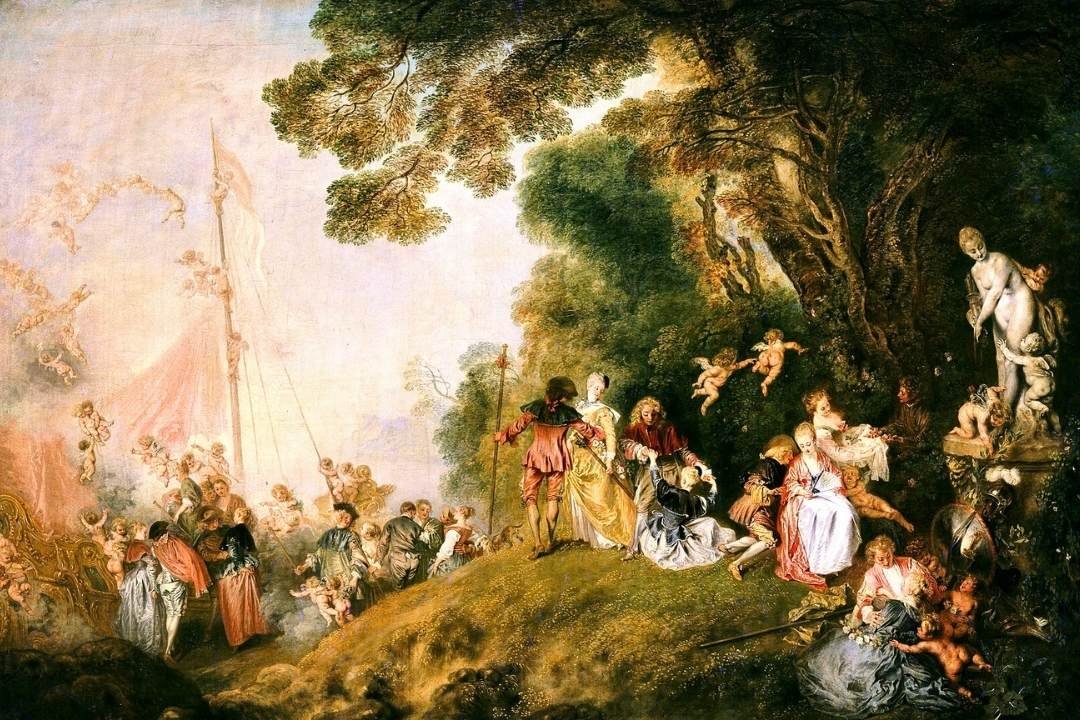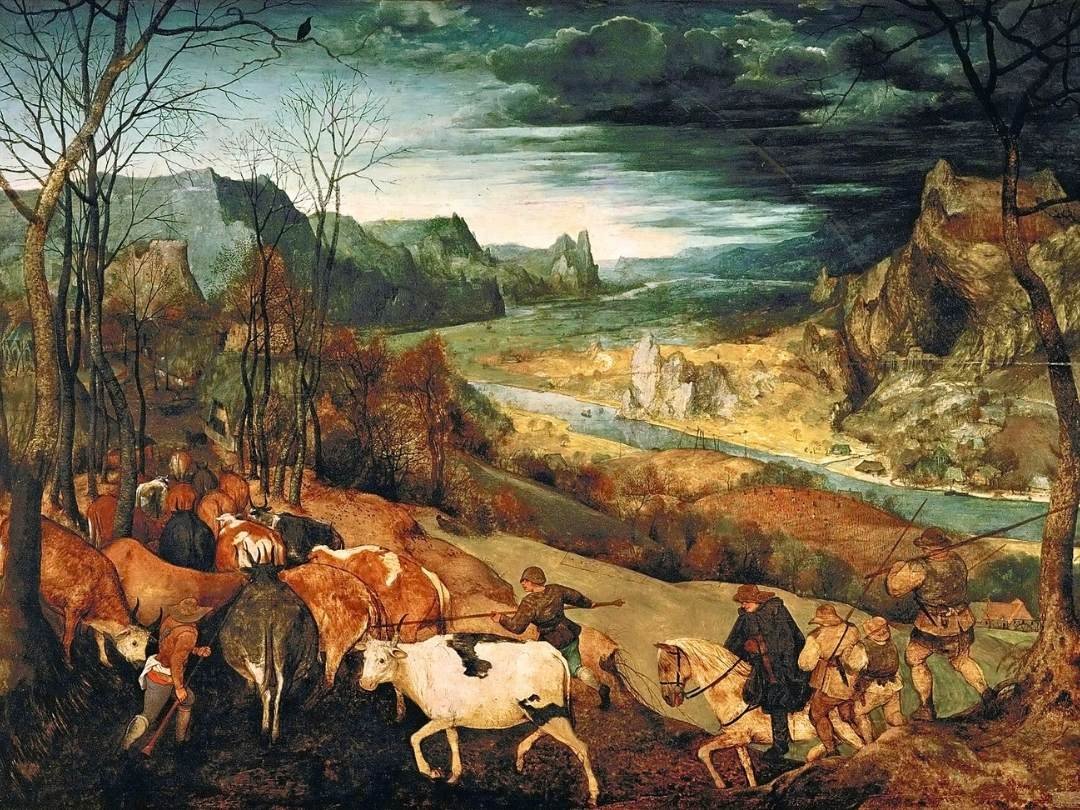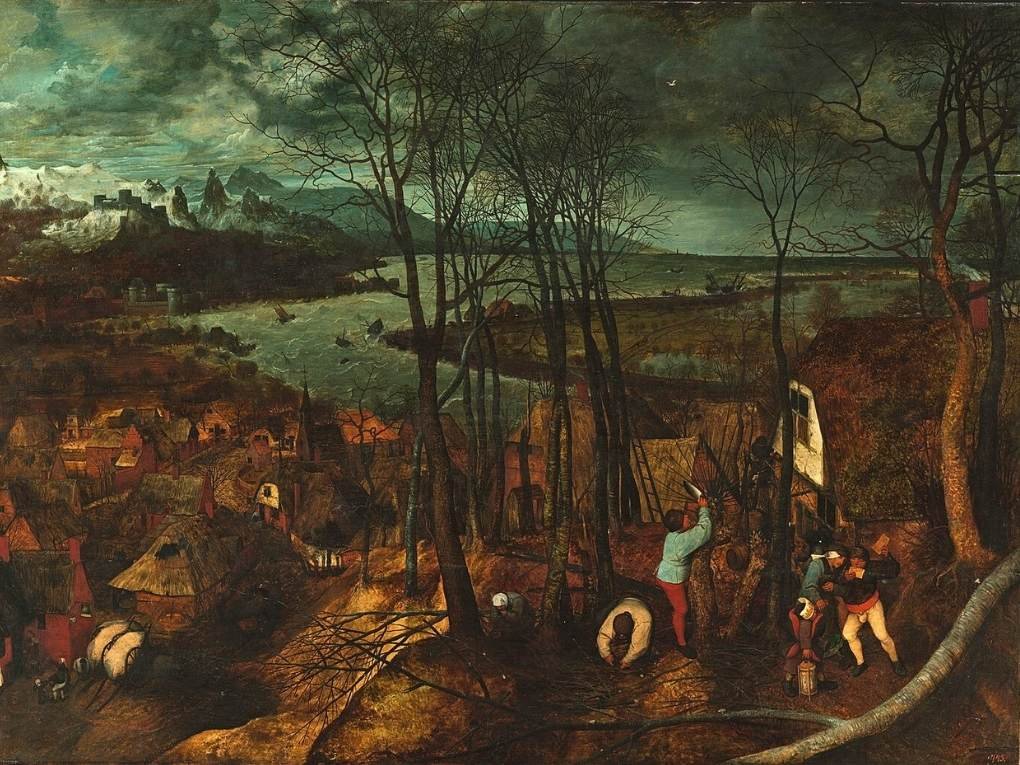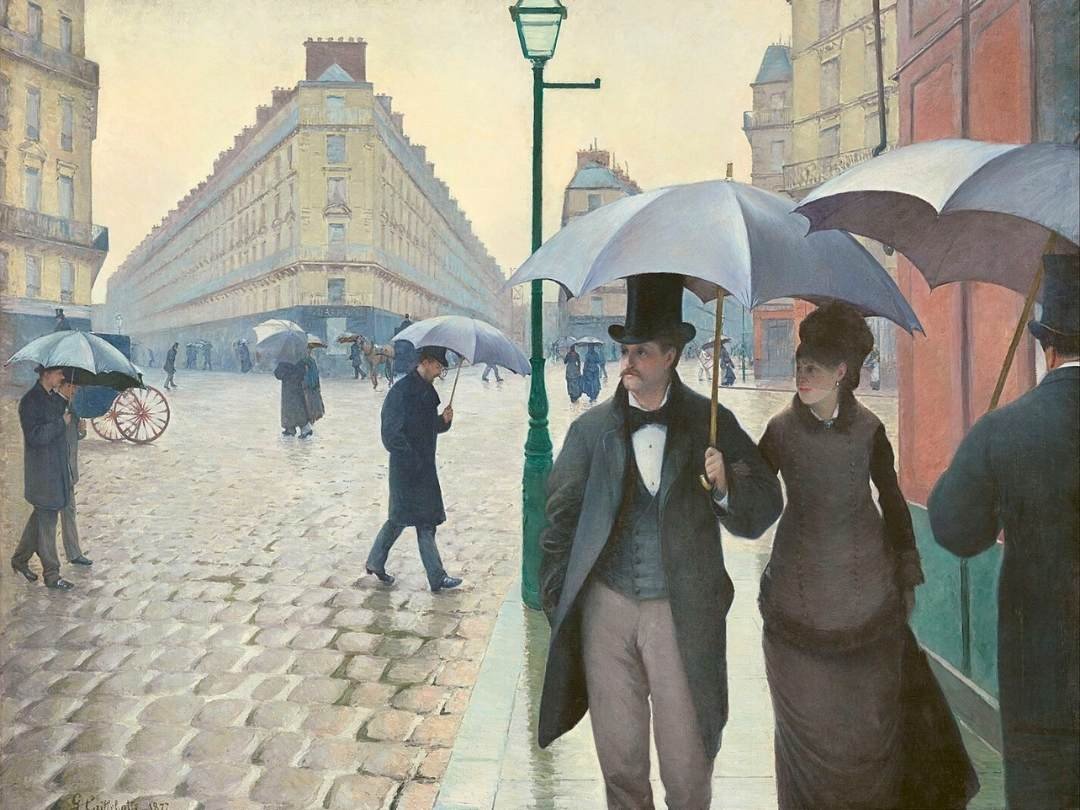Gustav Klimt: Large Poplar II 1903
Vienna, Leopold Museum It was not until relatively late in his career that Gustav Klimt started to paint landscapes. However, during the first sixteen years of the 20th century Gustav Klimt spent his summers with his companion Emilie Flöge and the rest of the Flöge family in the scenic Salzkammergut area east of Salzburg. There … Read more

